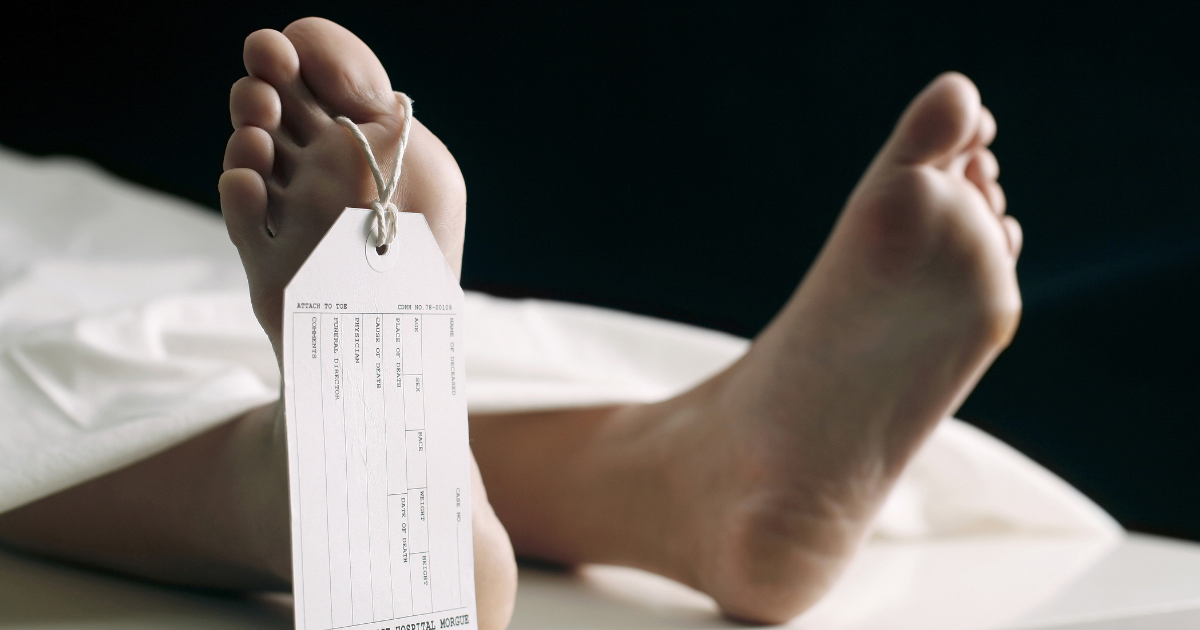Restlessly Dead: Cadaveric Spasm
Sometimes they shift. Some huff or groan. It’s expected… sort of; over time, studies have revealed that cadavers are more “restlessness” than we thought.
Movements follow generally predictable patterns: excitability in the muscles that lasts a few hours after death, bloating and gas expansion, fluid drainage, gravity. A recent Australian body-farm study even observed recently that contraction of drying ligaments could shift cadavers several feet.
A bit freaky… but not mysterious.
Cadaveric spasm
At least one mystery does persist, though.
Half myth, widely doubted, and seldom documented at all is the apparently instantaneous rigor dubbed “cadaveric spasm,” in which the dead clutch objects tightly with their hands, arms and, in one case, lips; the phenomenon seems to occur under conditions of violent, sudden death.
How and why it happens is not understood. Some theorize that it’s a result of rapid ATP depletion due to extreme fear or stress — that ATP is rapidly depleted during the moment of extremesis in a violent death, causing the near-immediate stiffening that locks the body into its last pose.
Others speculate that extreme brain trauma may be a factor. It’s been suggested that the spasm is a form of decerebration rigidity — the severance of the brain’s cortex control from the brain stem and spinal cord.
Stiffening naturally occurs with this injury in living victims in specific ways (clenched jaw, arched back, extended arms, stiff legs). Once the connection from brainstem to cortex is broken, this is how the brain stem reflexes kick in. These are all completely involuntary movements, pure reflex driven by an incomplete nervous system. They’re not unlike other residual charges of brain and muscle, lung or limb, dispersed elsewhere, isolated from life, unmoored from purpose. Unsettling echoes.
But theories all; no proof. It’s unpredictable, so it’s controversial. Once upon a time it was simply denied outright, but cases of the phenomenon exist all the same.
Not the rigor mortis we know
Perfunctory rigor mortis respects a schedule. Cadaveric spasm does not. Whatever’s happening in cadaveric spasm seems as whiplash violent as the death that triggers it. CS ruptures the delicate chemistries of death as we understand it, fast and furious as a drive-by.
Whatever rules this turf, trauma or terror, hasn’t left traces we can track yet, and the dead aren’t talking. For now. And whatever it is, it follows its own undisclosed rules and doesn’t provide answers.




